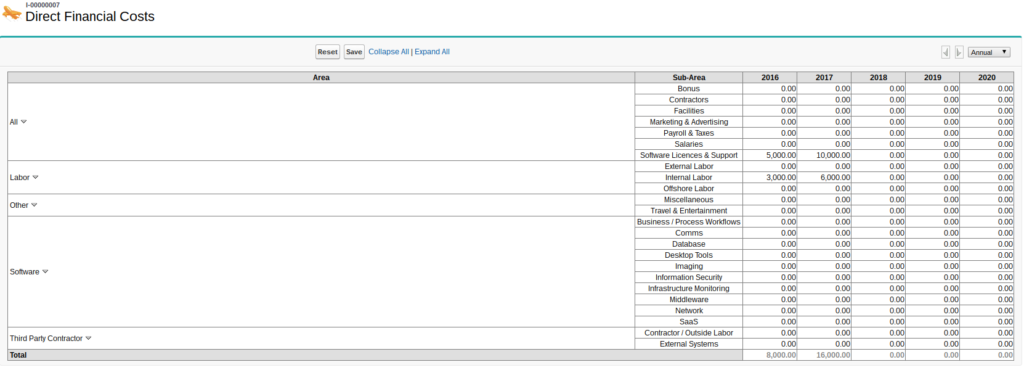When you’re investing hundreds or thousands of dollars on a software package, it’s probably a no-brainer to attend their user...
This week the Cloud Coach team discusses launching the Cross-Project Gantt view from a related list, and answers the question,...
With a new year just a few weeks away, many of us are deep into planning for 2017. Beyond budget...







































